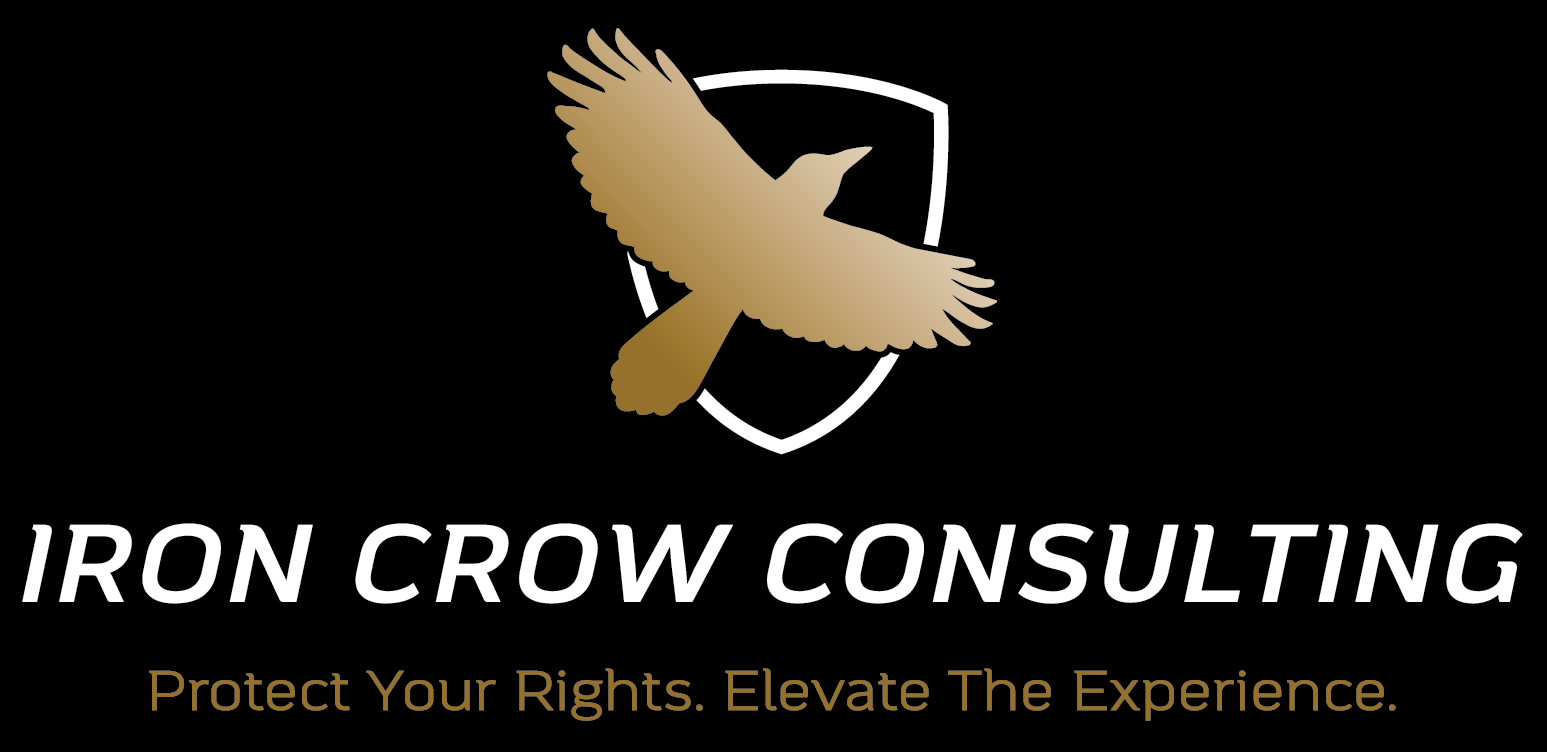Policy Coverage Review
When a public adjuster reviews an insurance policy, they undertake a thorough and detailed examination to understand the coverage, limitations, exclusions, and conditions of the policy. This process is critical in determining how the policy applies to the specific loss or damage experienced by the policyholder.
Evaluation Steps & Considerations
1. Understanding Policy Types and Coverage: The adjuster first identifies the type of insurance policy (e.g., homeowners, commercial property, auto) and the specific coverages it provides. This involves distinguishing between coverage for the structure itself, personal property within the structure, additional living expenses, business interruption, etc.
2. Decoding Policy Language: Insurance policies can be complex and filled with industry jargon. Public adjusters are skilled at interpreting this language to clarify what is covered and what is not. They pay close attention to definitions of critical terms that can affect coverage.
3. Identifying Coverage Limits and Deductibles: Every policy has limits on how much the insurer will pay for a given loss, along with deductibles that the policyholder must pay out-of-pocket before the insurance coverage kicks in. Adjusters meticulously note these figures because they directly impact the claim's financial aspects.
4. *Reviewing Exclusions and Endorsements: Exclusions are specific conditions or circumstances that are not covered by the policy. Endorsements, on the other hand, are additions to the policy that can alter or expand coverage. The adjuster examines these closely to understand any limitations or additional protections that may affect the claim.
5. Understanding the Conditions of the Policy: Insurance policies typically include conditions that the policyholder must meet for coverage to apply. This might include timely notification of the loss, mitigation of further damage, and cooperation during the claims process. The adjuster ensures these conditions have been or will be met to avoid jeopardizing the claim.
6. Evaluating the Loss Settlement Options: Policies may offer different settlement options, such as actual cash value (ACV) versus replacement cost value (RCV). The adjuster determines which applies to the claim, affecting how much the policyholder can recover.
7. Compliance with Policy Deadlines: There are often deadlines within which the policyholder must file a claim, submit a proof of loss, or take other actions. The adjuster identifies these deadlines to ensure compliance and avoid any potential for the claim to be denied due to procedural issues.
Throughout this process, the public adjuster's goal is to construct a comprehensive understanding of the policy's provisions as they relate to the specific loss. This enables them to advocate effectively for the policyholder, ensuring that the claim submission is accurate, complete, and optimized for the maximum allowable recovery under the policy terms.
Contact us
(254) 766-2769
INFO@IRON-CROW.COM
2775 Villa Creek Drive, Suite B219,
Farmers Branch, Texas, 75234
TX Agency: 2994670
Business Hours
- Mon - Fri
- -
- Saturday
- Appointment Only
- Sunday
- Closed
Iron Crow Consulting
This website has been built to be accessible for all users. If you experience any difficulty in accessing this website, please contact us for assistance.



